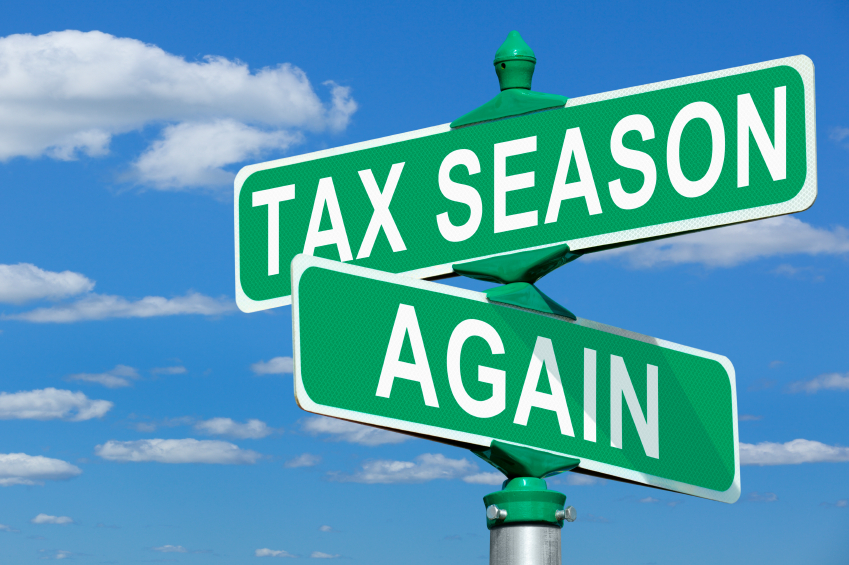It is that time of year again when preparing for the upcoming tax season is upon us. Here are some 2017 time sensitive reminders to help you on your way. They are taken from the recommendations put out by the Canada Revenue Agency.
The Tax-Free Savings Account (TFSA) deadline is December 31, 2017
Unlike other registered tax-deferred plans, earnings throughout your lifetime from qualified investments in your Tax-Free Savings Account—whether interest, dividends or capital gains—are never subject to Canadian tax. You don’t pay taxes even when you withdraw your money.
TFSA Contribution Room
Your TFSA contribution room is the maximum amount that you can contribute to your TFSA. Starting in 2009, TFSA contribution room accumulates every year, if at any time in the calendar year you are 18 years of age or older and a resident of Canada.
Withdrawals should be done before year-end as amounts withdrawn are not added to your contribution room until the beginning of the following year after the withdrawal.
Consider holding eligible investments that are subject to higher tax rates (i.e. interest and foreign dividends).
The annual TFSA dollar limit for the years 2009, 2010, 2011 and 2012 was $5,000.
The annual TFSA dollar limit for the years 2013 and 2014 was $5,500.
The annual TFSA dollar limit for the year 2015 was $10,000.
The annual TFSA dollar limit for the year 2016 was $5,500.
The annual TFSA dollar limit for the year 2017 is $5,500.
Charitable Donations
Remember that the deadline for charitable donations, that you can claim in your 2017 tax year, is December 31, 2017.
Registered Retirement Savings Plan
Your RRSP donation deadline for the 2017 tax year is 60 days after December 31,2017. If you contribute to your RRSP in the first 60 days of the current year, your contribution will be eligible to be deducted from the calculation of your income for the previous taxation year. That said, you can no longer contribute to an RRSP after December 31 of the year you turn 71.
Any amounts withdrawn from an RRSP through the Home Buyers’ Plan (HBP) must be used to buy or build a home before October 1 of the year following the year of the HBP withdrawal.
Personal Income Tax Return Changes
Disability Tax Credit – As of March 22, 2017, nurse practitioners have been added to the list of medical practitioners who can certify eligibility for the disability tax credit.
Medical Expense Tax Credit – Certain costs related to the use of reproductive technologies now qualify for the medical expense tax credit for 2017 and onwards.
New Canada Caregiver Credit – This credit replaces the existing caregiver credit, the infirm dependent credit and the family caregiver tax credit. The new Canada Caregiver Credit amount is $6,883 or $2,150 depending on your situation.
Tuition Tax Credit – Starting with the 2017 taxation year, tuition fees that pay for occupational skills courses at post-secondary educational institutions in Canada that are not considered post-secondary school level can be eligible for the tuition tax credit.
Public Transit Tax Credit – Effective July 1, 2017, the credit is no longer available.
Entrepreneurs
Dividends or salaries – An owner-manager must determine the most tax effective salary-dividend mix that minimizes overall taxes for the corporation and all relevant individuals. The owner-manager must consider:
- personal marginal tax rates,
- the impact of alternative minimum tax (AMT),
- the corporation’s tax rate,
- RRSP contribution room ($144,500 of earned income in 2016 is required to maximize RRSP contribution in 2017),
provincial health and/or payroll taxes, - Canada Pension Plan (CPP) contributions,
- and other personal deductions and credits which may be available. If personal cash requirements are low, consider retaining income in the corporation to obtain the tax deferral, as corporate rates are lower than personal rates. Be aware that distributing dividends that trigger a refund of refundable tax on hand does not necessarily provide a tax benefit to the shareholder if the shareholder is subject to personal dividend tax at a rate exceeding the corporate dividend refund rate of 38.33%.
Remuneration accruals – A bonus accrued at year-end needs to be paid within 179 days after the year-end. Applicable source deductions are to be remitted on a timely basis.
Shareholder loans – Ensure that you repay shareholder loans from your corporation no later than one tax year after the end of the tax year in which the amount was borrowed.
Personal services business – The federal corporate tax rate for personal services business is 33%. Therefore, consideration should be given to whether it is beneficial to carry on business through this type of vehicle.
Tax liabilities – Final corporate tax liabilities need to be paid within two months after year-end and within three months for certain eligible Canadian Controlled Private Corporations (CCPCs).
Income to family members – Consider paying salaries to family members who work in the business. Keep in mind the salaries must be reasonable or the amounts may be challenged by the CRA. Salary payments as opposed to dividends also allow the recipient to have earned income for child-care expenses, CPP and RRSP purposes.
Preparing for your tax return, and being educated on yearly changes to tax requirements is important when heading into the upcoming tax season. Take time to prepare yourself, collect the necessary information, and ask for advice if you have any uncertainties. Our tax specialists at More Than Enough Financial Fitness are ready to help you.
This information has been pulled directly from the Canada Revenue Agency website. The information in this article is only a summary of the information provided directly on the website so if you have any questions or would like more information please check out the article here. You can also contact our office with any further questions.

